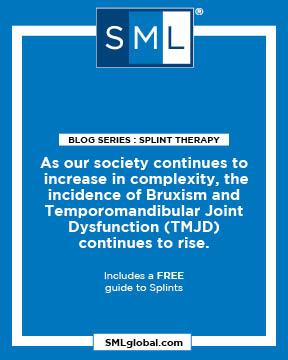 As our society continues to increase in complexity, the incidence of Bruxism and Temporomandibular Joint Dysfunction (TMJD) continues to rise.
As our society continues to increase in complexity, the incidence of Bruxism and Temporomandibular Joint Dysfunction (TMJD) continues to rise.
Nocturnal Bruxism may constitute the most destructive form of bruxism (due largely to the fact that the patient tends to be unaware of the habit until it is too late) and TMJD is an extremely complex problem that impacts an increasingly significant percentage of the population.
Although a wide variety of treatment approaches and appliance designs are available for the treatment of these disorders, the most common appliance of choice is a splint.
The biggest problem observed in adult dental patients is ABNORMAL OCCLUSAL WEAR. This ends up causing a decrease in the vertical dimension of the patient -- wearing down teeth to the point where full mouth reconstruction is inevitable.
Best solution: deliver an orthotic or splint earlier in their care to prevent the problems from occurring in the first place.
A splint can protect the patient against the destructive forces of nocturnal bruxism and can also function as a diagnostic and treatment tool in the management of Temporomandibular Dysfunction. Regardless of the preferred treatment technique, early intervention can prevent many of the severe problems associated with bruxism and TMD.
